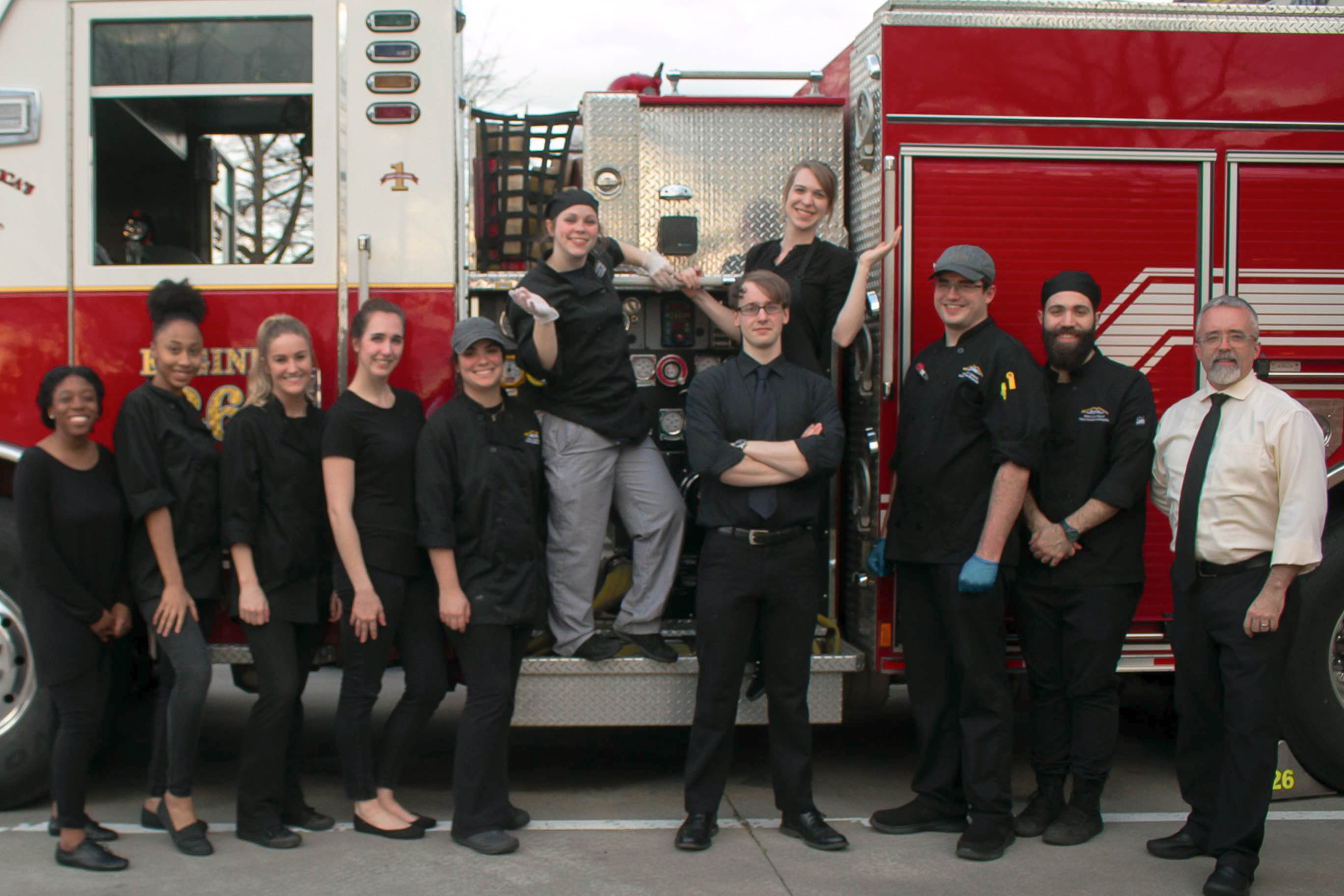In American government, third parties often have a difficult time participating in the political forum. People with similar views often come together to gain political power, but the American political tradition has largely consisted of only two parties.
The American political system is a “two-party system” because our elections consistently come down to the majority of people voting for one party or the other.
“Third-party candidates have always existed in the United States,” said Michael Zeman, vice president of the College Libertarians of Kennesaw State University. “But their presence has always been severely limited in the public eye.”
At the time the Constitution was written, there were no political parties. Delegates certainly had differing opinions about the course our new nation should take, but the groups were not organized into political factions the way they are today. In fact, George Washington warned Americans of the dangers of political divisiveness on the American government in his farewell address:
“They are likely, in the course of time and things, to become potent engines, by which cunning, ambitious and unprincipled men will be enabled to subvert the power of the people and to usurp for themselves the reins of government, destroying afterwards the very engines which have lifted them to unjust dominion.”
The nation’s first political parties, formed by members of George Washington’s cabinet, were the Federalists and the Anti-Federalists. The Federalist Party was created in large part by Alexander Hamilton, while the Democratic-Republican Party, or Anti-Federalist party, was created by Thomas Jefferson and James Madison.
The Federalists supported a strong central government that included a standing army and a national bank. The Anti- Federalists, on the other hand, were concerned that such a strong central government could trample the rights of individual states. Thus the American two-party system was born.
“It’s hard for third parties to get on the ballot today simply because they are not popular or well known,” said Political Science Professor Kenneth White. “They lack the support required to get on the ballot or become part of the debates.”
The closest a third-party candidate has come to winning a presidential election was Teddy Roosevelt and the Progressive Party in the election of 1912. The Progressive, or Bull Moose Party, was created after a split in the Republican Party between Roosevelt and William Howard Taft. The two candidates ultimately split the vote, giving the White House to Democrat Woodrow Wilson. Theodore Roosevelt, however, won 27 percent of the popular vote in the best showing of any third-party candidate in a presidential election.
“The two parties have a vested interest in keeping third parties out because third-party candidates pull away votes from their candidate,” White said.
Third parties often gain support because people are dissatisfied with the policies of the two major parties. Libertarians, for example, are generally fiscally conservative but socially liberal, advocating smaller government with more freedom for individuals. Because of their unique stance, they typically draw supporters from both sides of the political aisle.
“Third parties provide a vehicle for those people who feel disenfranchised by the two major parties,” said Donna Merrell, instructor of Political Science. “One of the issues is that voters who want to vote for a third-party candidate often feel as if they are ‘wasting their vote’ because the candidates are not likely to prevail.”
One major issue with third-party campaigning is that they lack the financial resources to compete in major elections. According to a recent CBS article, Democrats and Republicans have spent more than $1.7 billion on 2012 presidential race. Campaign contributions come from individuals and corporations.
“Democrats and Republicans have a stranglehold on the political process,” Zeman said, “especially when one considers corporations supporting the two-party system with massive donations directly to campaigns, Super PACs and lobbyists.”
Political Science Professor Ralph Durham said a major third party emerging in today’s political climate would require a lot of money. It would also need “a galvanizing central issue that has majority support” and a “charismatic high-profile candidate.” But the main thing it would need, Durham said, is a lot of money.
“They are further weakened by interest groups donating mainly to the two major political parties,” Merrell said.
“I don’t think a third party can come into being in a major way unless there is a significant monumental event or movement that effectively kills the popularity of an existing party while simultaneously presenting an attractive thirdparty candidate,” White said.

